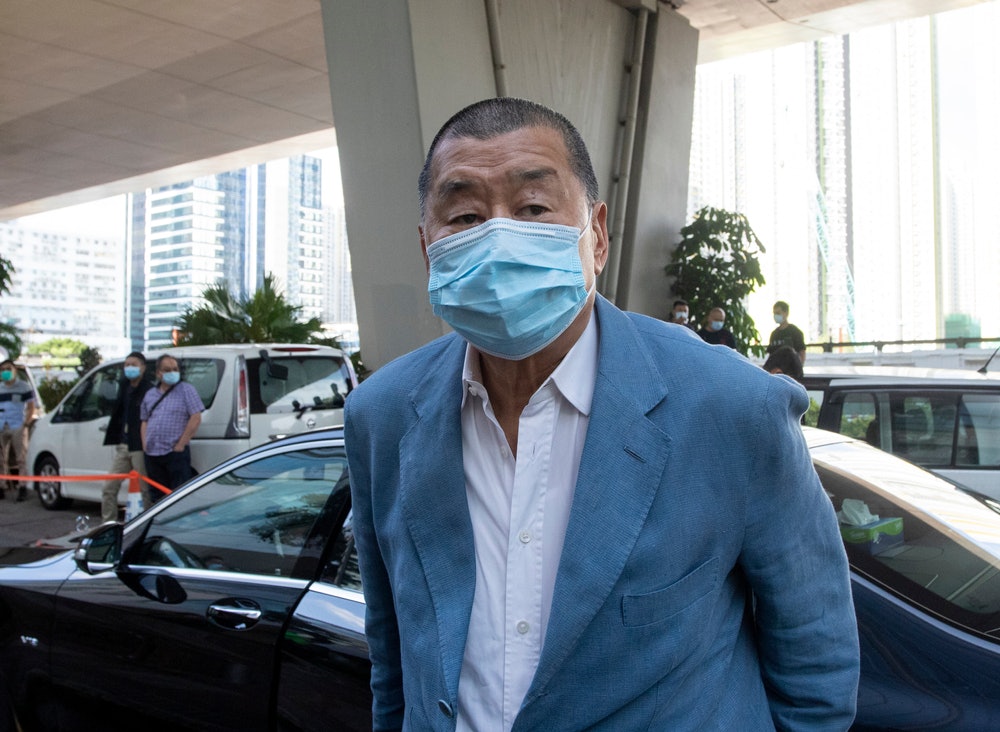Executive summary
Effective policy targeting the root causes of Central American migration requires a deep understanding of the complex reasons people migrate. Focusing on only the more visible drivers of migration is not only a waste of resources but a missed opportunity. For example, lack of economic opportunity is obviously a key driver in the northern countries of Central America. But policymakers must address the underlying reasons why investment doesn’t flow into the region – weak rule of law and high levels of corruption, in particular. Without that, any gains in employment will be unsustainable.
It is also incumbent upon the governments of Central America to fully embrace their roles as leaders in the effort to tackle the root causes of migration; they are ultimately empowered to improve their citizens’ living conditions. Mexico, the United States, and Canada should also embrace their roles as neighbors, partners, and collaborators to combat the most pervasive root causes of migration. It is important to acknowledge that a successful hemispheric collaboration targeting the root causes of migration will not result in zero migration. Rather, it will increase economic development and reduce forced displacement, allowing for normal, orderly migration.
Key recommendations
Digitization and digital technologies:
- The Central American governments, the private sector, and civil society should continue to work together to increase access to financial and government services.
- U.S. foreign assistance should strengthen the ability of the Central American press to use the available digital tools to provide appropriate oversight of government contracting procedures.
- The United States should offer the Dominican Republic-Central America Free Trade Agreement (DR-CAFTA) countries a digital services memorandum of understanding (MOU) based on the United States-Mexico-Canada Agreement (USMCA).
Business climate:
- The governments of El Salvador, Guatemala, and Honduras should do the following:
- Work together to address the governance issues that have halted the process to interconnect the power grids in the region known as SIEPAC.
- Speed up ongoing investments in the necessary infrastructure and regulatory framework to attract and facilitate nearshoring investments.
- Strengthen resettlement programs for returnees from the United States.
- The private sector in El Salvador, Guatemala, and Honduras should expand labor education to include gender-based violence information.
The government of the United States should do the following:
- Work closely with USMCA and DR-CAFTA partners to study the benefits of aligning the rules of origin in the two agreements for strategically selected sectors.
- Condition funding across all agencies on an objective ranking of the recipient government’s commitment to policy reform and fighting corruption, similar to the model of the Millennium Challenge Corporation.
- Encourage firms to invest in the region only if the Central American governments actively work to reduce corruption and increase transparency.
- Expand the number of U.S. temporary visas available for workers from El Salvador, Guatemala, and Honduras and establish additional legal pathways for temporary workers.
While most of these recommendations are directed toward the public sector, it is important to keep in mind that a top-down or strong-arm approach to reform will not work. The challenges cannot be legislated or regulated away. Rather, successful policy will require close collaboration between governments, the private sector and civil society, both within the Central American region and with the United States, Canada, and Mexico. This will not be a quick fix, but it can be done with sustained focus and political will.
































